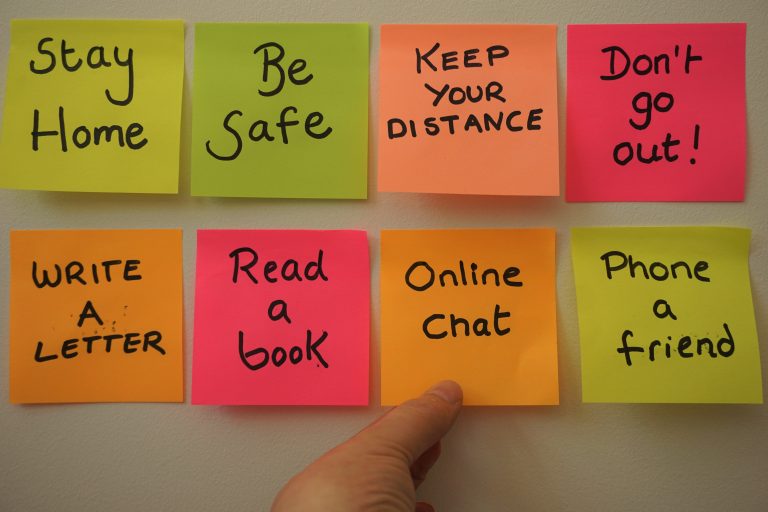Social media and its influence on teen mental health has become an increasing concern for both parents and clinicians. It might be tempting to ignore or normalise its presence in everyday life—but research shows that, on average, teenagers in Britain spend 4.8 hours a day on social media. This includes time spent scrolling and posting on platforms such as TikTok, Instagram, and Snapchat.
The use of social media among teens is a complex issue, often described as a double-edged sword. On one hand, it allows them to connect with peers and feel less isolated. On the other hand, it can lead to harmful comparisons that leave them feeling inadequate—and ironically, even lonelier.

The Mental Health Effects of Social Media:
- Anxiety and depression. Adolescents already compare themselves to others—even before social media—due to the developmental stage they’re at. Viewing edited photos on Instagram or watching perfect A-level revision plans on TikTok can trigger feelings of inadequacy, anxiety, and low mood. Cyberbullying has also increased, with teens receiving anonymous messages or being excluded from group chats—further affecting their emotional wellbeing.
- Sleep disruption. Late-night scrolling is a major culprit when it comes to poor sleep hygiene. Teenagers often go to bed later than they should or are woken by notifications during the night.
- Low self-esteem. We’ve long known that what we see on social media isn’t always real—images and videos are edited, filtered, and curated. Still, these platforms continue to promote unrealistic standards of beauty, lifestyle, and success to young people who are in the process of developing their identity, sense of self, and self-worth.
- Addiction and dopamine dependence. Social media platforms are deliberately designed to be addictive: algorithms tailor content to each user, scrolling is endless, and notification triggers are constant. Over time, teens can become mentally dependent on the validation that likes and follows provide.
Warning Signs to Look Out For:
- Mood swings after scrolling
- Isolation or avoiding real-life interactions
- Obsession with appearance or follower count
- Sleep problems

How to Set Healthy Boundaries:
- Tech-Free Zones & Times – such as during dinner or at least an hour before bed.
- Open Conversations, Not Control – ask questions and foster curiosity about their social media use. Engage with them and try to understand their digital world.
- Limit Notifications – suggest turning off non-essential alerts to reduce distractions.
- Set Time Limits Together – use screen-time apps or agree on daily usage goals. You might even offer small rewards when they stick to these goals.
- Model Healthy Habits – it’s important to demonstrate a balanced relationship with technology ourselves. Make time to unplug, or talk openly about how you sometimes struggle with comparison and being online too much.
Social media is not evil or the enemy—but balance is everything. Today’s teens need encouragement to make real-world connections, develop hobbies, and be more mindful about how they spend their time and who they spend it with. These skills are just as vital as setting screen limits.
With open conversations, healthy boundaries, and a little intentionality, we can all enjoy the benefits of social media—without letting it take over our mental space or emotional wellbeing.
Author: Magdalena García
Clinical Psychologist and Psychotherapist





